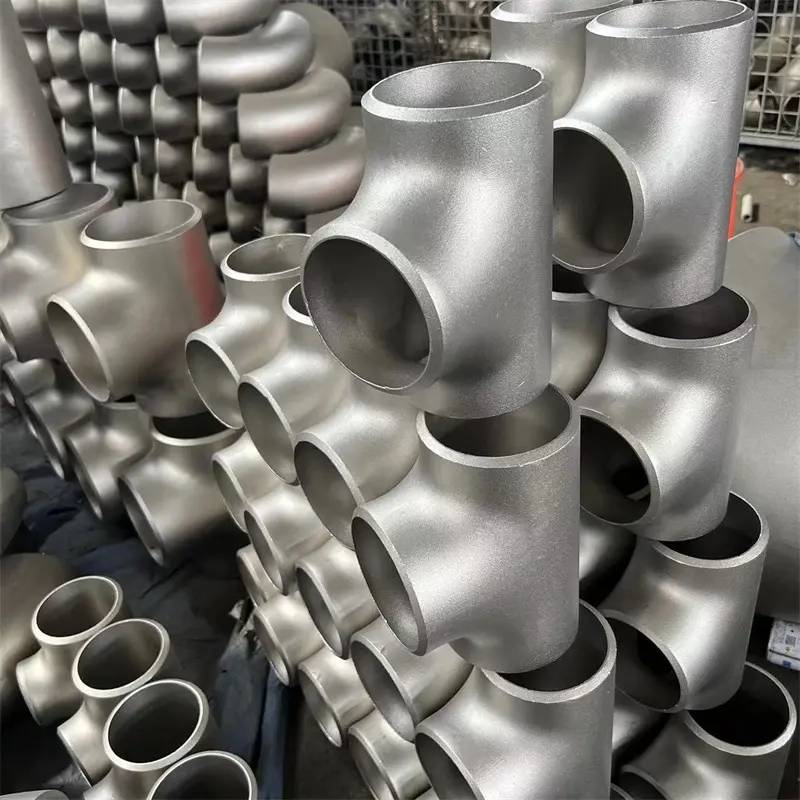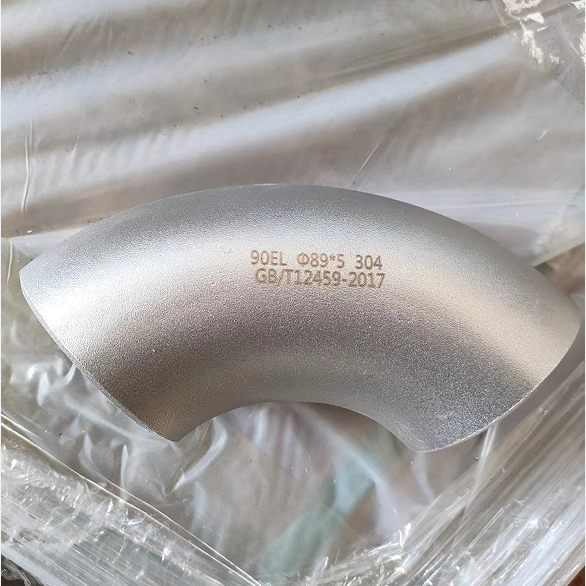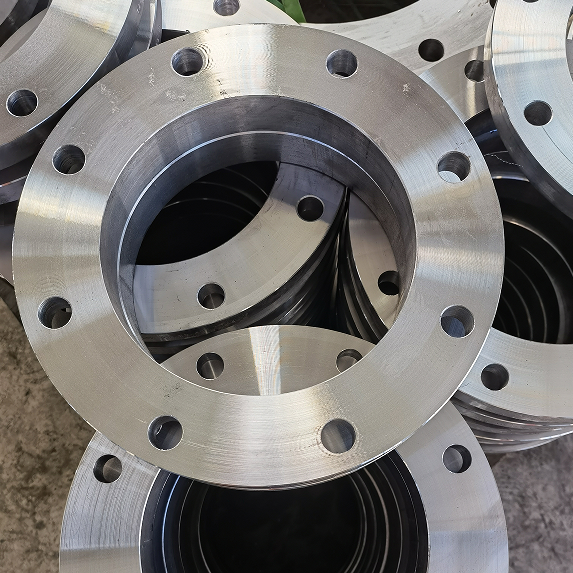1. Stainless steel elbow bending pipe fittings, we contact more, that is, the straight pipe into different curvature radius elbow, such as elbow, elbow and so on;
2. Variable diameter pipe fittings with stainless steel elbows reduce the diameter of the end of the pipe or a part on the pipe.
3. 1/2 Inch 90 Degree Stainless Steel Pipe Fitting Elbow with crimping and bottom sealing, which increase the total strength of the pipe end to the outside or inside of the pipe or to seal the end of the pipe;
4. The stainless steel elbow with different cross-sections should be changed into square, oval, polygon and so on according to the requirements.
5. Stainless steel elbow with flanges, the former refers to the end of the pipe convex to the inside or outside, the latter refers to the pipe fittings which form a bulge or groove in the circumferential direction of the pipe;
6. The pipe fittings of stainless steel elbow with variable wall thickness refer to the change of wall thickness along the length direction of the pipe.
 Shengtian Group successfully participated in the Russian Oil and Gas Exhibition
Shengtian Group successfully participated in the Russian Oil and Gas Exhibition
 Production process of stainless steel tees
Production process of stainless steel tees
 ASME B16.9 Stainless Steel Elbow Dimension
ASME B16.9 Stainless Steel Elbow Dimension
 The processing method of flanges
The processing method of flanges